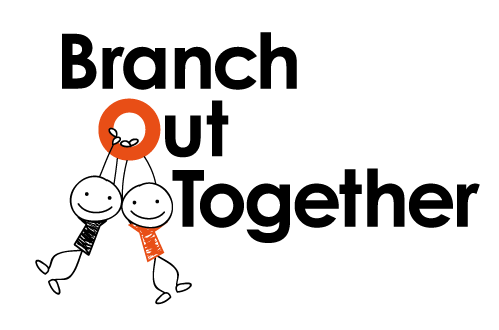The Reason I Jump
By Naomi Higashida
Rated 3.5 stars
As is read this book I felt there were two parts of me that were absorbing different parts for different reasons.
Professionally I work with a variety of people with varying degrees of ASD and have had the opportunity to read many academic books on the subject, and attend many lectures held by widely celebrated professionals in the field.
Personally, I have a 3 year old niece who has recently received an ASD diagnosis and as a family we are trying to knit together a new type of support network for her as best we can, learning to enter her world and encourage the amazing individual she is to trust us with her love.
This is the first book on the subject of autism I’ve read since we learned of my nieces diagnosis and it definitely changed my appreciation for it.
The book was a short read at 135 pages and read like a FAQ sheet on living with autism. The most fascinating aspect being it is written by a 13 year old boy who has severe autism and is all most non verbal. He communicates predominantly through alphabet boards or typing.
The original text has been translated into English from Japanese by acclaimed author David Mitchell. As I read some of the passages I definitely felt that there was some artistic license possibly being taking in the translation. At times some of the metaphors or wordings of the text seemed inconsistent, and use of language went from being very straight forward to becoming very flowery and abstract.
But this may also be down to the author employing his hobby of creative writing.
One other aspect of the writing I didn’t like was the sweeping generalisation and use of “we” in reference to all autistic people. This was often contradicted by the author stating that he didn’t experience certain autistic traits but recognised others did. Yet he would later state that all autistic people shared his feelings or interpretations of other things, such as the love of water.
“If only we could all go back to the distant, distant, watery past - then we’d all be able to live as freely and contentedly as you lot!” (Pg 67)
Despite this I felt the book was incredibly insightful and helpful in me to interpret the world my niece lives in. Some of the raw descriptions of emotional experiences and struggles had me tearful and heavy hearted that my own actions or inactions may lead to similar feelings for her. These passages have made me much more aware of considering her emotions and struggles over my own in the heat of a “melt down” or a compulsive episode.
It has made me more aware of my thoughts and actions with her and is a book I will carry at the forefront of my mind in personal and professional worlds.
I’m very glad I read it but I could also see it being a difficult read for a parent, with some really raw insights into the heavy negative emotions experienced but the writer, that are generalised as being felt by all people with autism.
I recommend anyone to read it, but read it with caution and objectivity.
Kirsty Wilson
